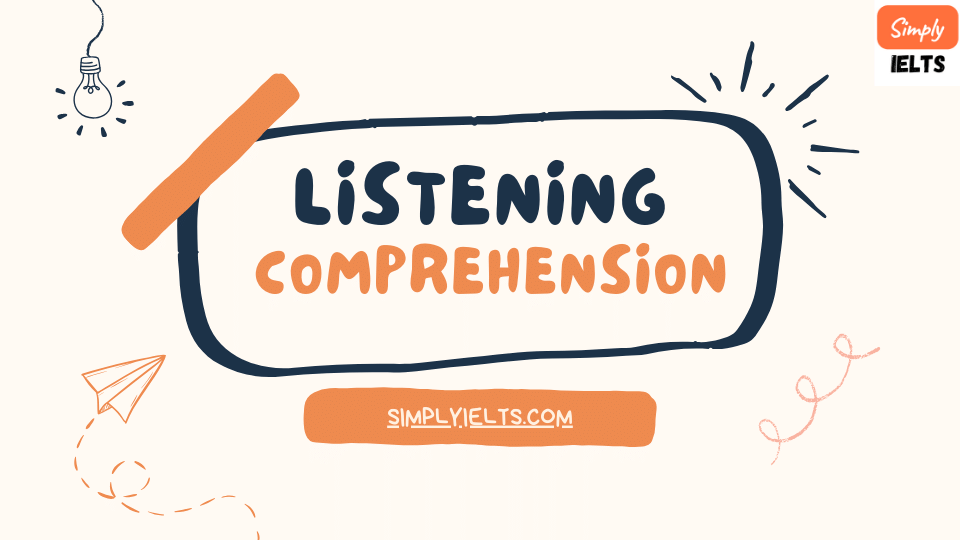
Level Up Your Listening: Mastering the Art of Active Listening
We all know how to listen, right? We hear sounds, process information, and respond accordingly. But there’s a crucial difference between simply hearing and actively listening. Active listening is a superpower – it allows you to truly understand what others are saying, build stronger relationships, and excel in various situations.
This week, we’ll delve into the world of active listening, equipping you with the tools to become a master listener.
Why Active Listening Matters:
Effective communication is a two-way street. While expressing yourself clearly is important, actively listening to others is equally crucial. Here’s why:
- Deeper Understanding: Active listening allows you to grasp the speaker’s message beyond just the words. You pick up on nuances, emotions, and the overall intent behind their communication.
- Stronger Relationships: People feel valued and respected when you genuinely listen to them. Active listening fosters trust and strengthens connections in your personal and professional life.
- Improved Learning: Whether in a classroom, meeting, or casual conversation, active listening allows you to absorb information effectively. You’ll retain more details and gain valuable insights.
The Pillars of Active Listening:
Active listening isn’t passive; it requires focus and effort. Here are some key pillars to master:
- Give Your Full Attention: Put away distractions like your phone, silence notifications, and make eye contact with the speaker.
- Focus on Understanding: Don’t formulate your response while the person is still speaking. Instead, concentrate on their message and try to see things from their perspective.
- Ask Clarifying Questions: Don’t be afraid to ask questions to ensure you understand their point. This shows you’re engaged and encourages them to elaborate.
- Nonverbal Cues: Nodding, maintaining eye contact, and using appropriate facial expressions demonstrate that you’re present and interested in what they’re saying.
- Summarize and Reflect: Periodically summarize what you’ve heard to ensure understanding and show the speaker you’re following their train of thought.
Examples to Put Active Listening into Practice:
Here are some everyday scenarios where active listening can make a difference:
- At Work: During a meeting, actively listen to your colleagues’ ideas. Ask clarifying questions and summarize key points to ensure everyone is on the same page.
- In Class: Pay close attention to the lecture, take notes, and ask questions if something is unclear. Actively engaging with the material will improve your learning and retention.
- In Your Relationships: When your partner is venting about a bad day, give them your full attention. Listen without judgement, offer support, and paraphrase what they’ve said to show you understand.
Active listening is a skill that takes practice. By incorporating these tips into your daily interactions, you’ll be well on your way to becoming a communication ninja!
Stay tuned for next week, where we’ll conquer the art of public speaking, empowering you to deliver presentations with confidence and clarity.





Responses